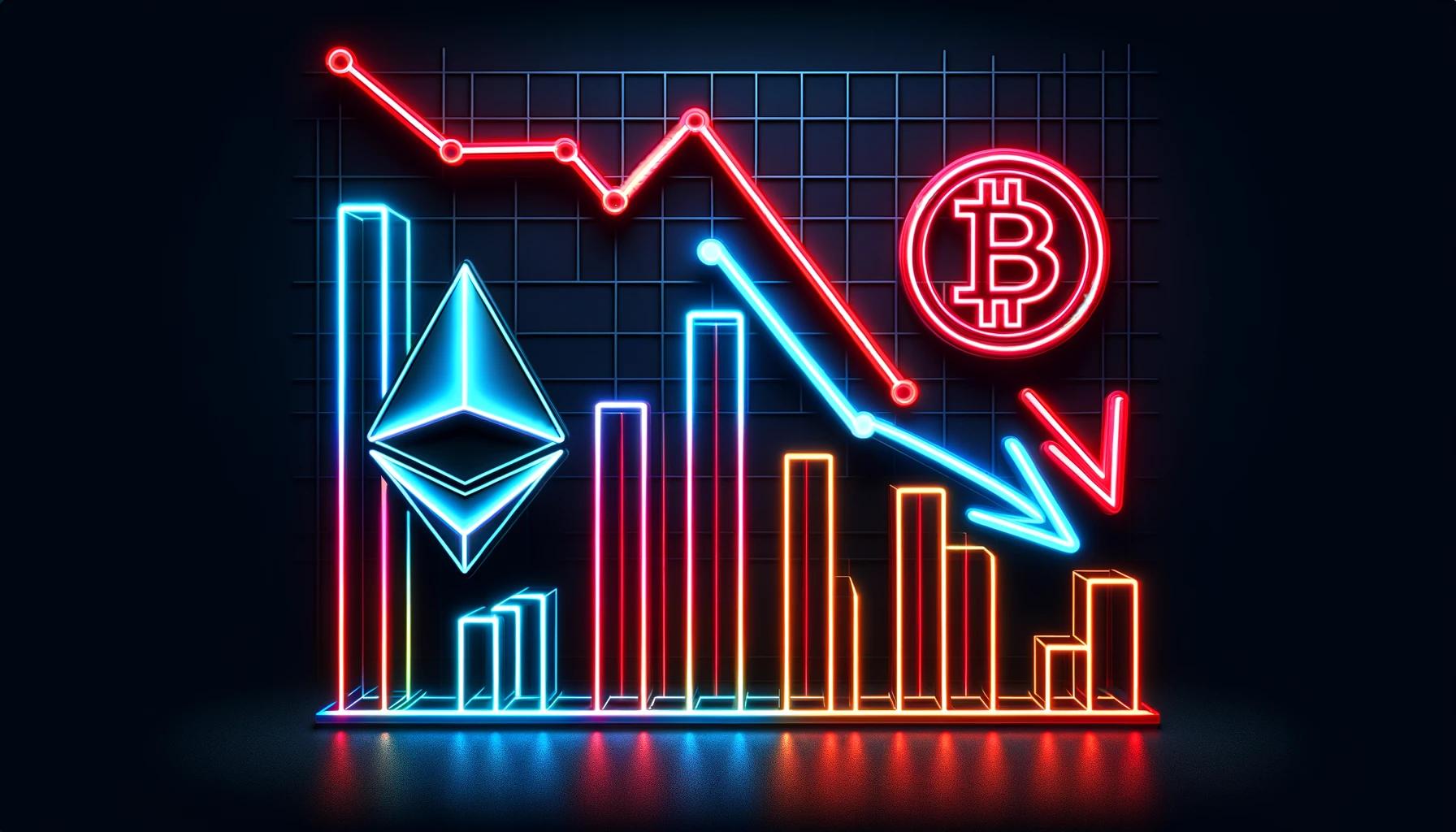The world’s energy market is rapidly evolving, moving from hydrocarbon plants to a future centered around clean energy enabled by wind and solar power. As such, today’s energy market is shifting to an increasingly decentralized, real-time model based on distributed energy resources (DERs) including battery energy storage systems, solar arrays, natural gas generators and more.
Recent findings from Allied Market Research show that the global distributed energy generation market size was valued at $246.4 billion in 2020, yet this number is predicted to reach $919.6 billion by 2030.
Web3 technologies for managing energy assets
Given today’s advancing energy market, Jesse Morris, CEO of Energy Web — a nonprofit that develops operating systems for decentralized energy grids — told Cointelegraph that grid operators around the world are moving to systems in which customer-owned assets will be used to balance energy grids. “Technology that was previously located within physical substations including monitoring equipment is now spread across the distribution network as the number of DERs increases,” said Morris. While this shift is innovative, Morris pointed out that regulated companies remain unaware of how to manage a decentralized system.
With this problem in mind, Morris explained that Energy Web recently formed a partnership with Stedin, a Dutch distribution system operator (DSO) that caters to the province of South Holland and in parts of North Holland and Friesland to use a blockchain solution for managing distributed energy assets. According to Morris, Energy Web’s solution allows for energy assets to communicate directly with Stedin’s IT systems:
“Stedin is using Energy Web’s tech stack and Web3 technologies to establish a digital relationship with customer-owned assets, along with creating a secure, asset management system for their own controlled assets. This is the first instance I’m aware of where an enterprise is using Web3 technology to manage their own physical infrastructure and assets.”
Specifically speaking, Morris explained that Energy Web’s blockchain network is being combined with decentralized identifiers (DIDs) to provide digital identities to Stedin’s internal and customer-facing energy assets. “The joint Energy Web-Stedin solution currently comprises a management system which assigns each distribution asset a secure digital identity, or DID, anchored on the pre-existing SIM card in each asset,” said Morris. Once this has been enabled, Morris noted that Stedin is able to send cryptographically signed information and control signals or commands to and from an asset. “This creates a decentralized managed system by ensuring that each asset operates as an independent point of encrypted security,” he remarked.
Shedding light on this, Arjen Jongepier, innovation head at Stedin, told Cointelegraph that Stedin was seeking a general asset management solution given the evolving energy market:
“In this case, we required supplier agnostic registration of Internet of Things (IoT) assets via our SIM cards. We anticipate a number of benefits from this, including easier and fewer-step installation of IoT assets, increased data reliability and, in the near future, local prosumer interaction, which could involve home energy storage systems and EVs being able to sell energy back to the grid.”
Digital identity enables greater cybersecurity and data ownership
While this use case speaks volumes about how the future of the energy market may take shape, the application of DIDs ultimately enables better cybersecurity for grid operators. For instance, when compared with traditional Web1 or Web2 approaches, Morris explained that most grid operators use a centralized database to manually enter information about sensors or hardware located on utilities within their network. Yet, such an approach could allow for grid operators to collect user data and even gain control of those sensors. “This…
Read More: cointelegraph.com









 Bitcoin
Bitcoin  Ethereum
Ethereum  Tether
Tether  Solana
Solana  USDC
USDC  Lido Staked Ether
Lido Staked Ether  XRP
XRP  Dogecoin
Dogecoin  Toncoin
Toncoin  Cardano
Cardano  Shiba Inu
Shiba Inu  Avalanche
Avalanche  Wrapped Bitcoin
Wrapped Bitcoin  TRON
TRON  Bitcoin Cash
Bitcoin Cash  Polkadot
Polkadot  Chainlink
Chainlink  NEAR Protocol
NEAR Protocol  Polygon
Polygon  Internet Computer
Internet Computer  Litecoin
Litecoin  Uniswap
Uniswap  LEO Token
LEO Token  Dai
Dai  First Digital USD
First Digital USD  Hedera
Hedera  Stacks
Stacks  Aptos
Aptos  Ethereum Classic
Ethereum Classic  Mantle
Mantle  Cronos
Cronos  Stellar
Stellar  Filecoin
Filecoin  OKB
OKB  Cosmos Hub
Cosmos Hub  Render
Render  Immutable
Immutable  dogwifhat
dogwifhat  Renzo Restaked ETH
Renzo Restaked ETH  Pepe
Pepe  Bittensor
Bittensor  XT.com
XT.com  Arbitrum
Arbitrum  Maker
Maker  The Graph
The Graph  Optimism
Optimism  Wrapped eETH
Wrapped eETH